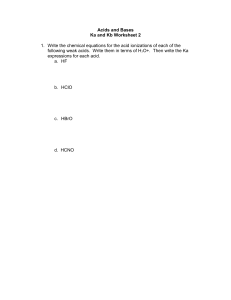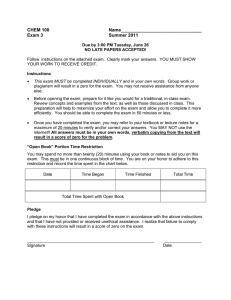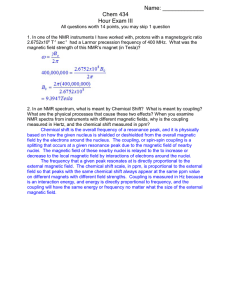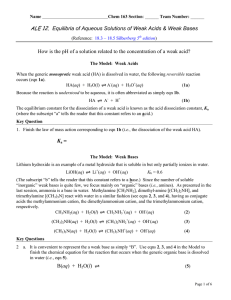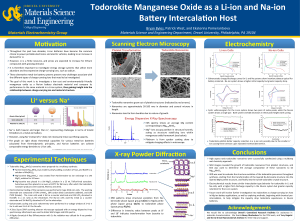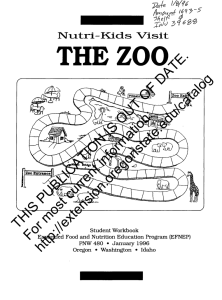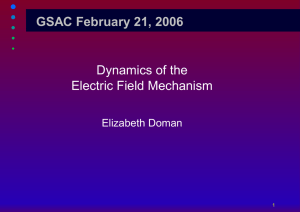Midterm Examination Submit your solutions to the following
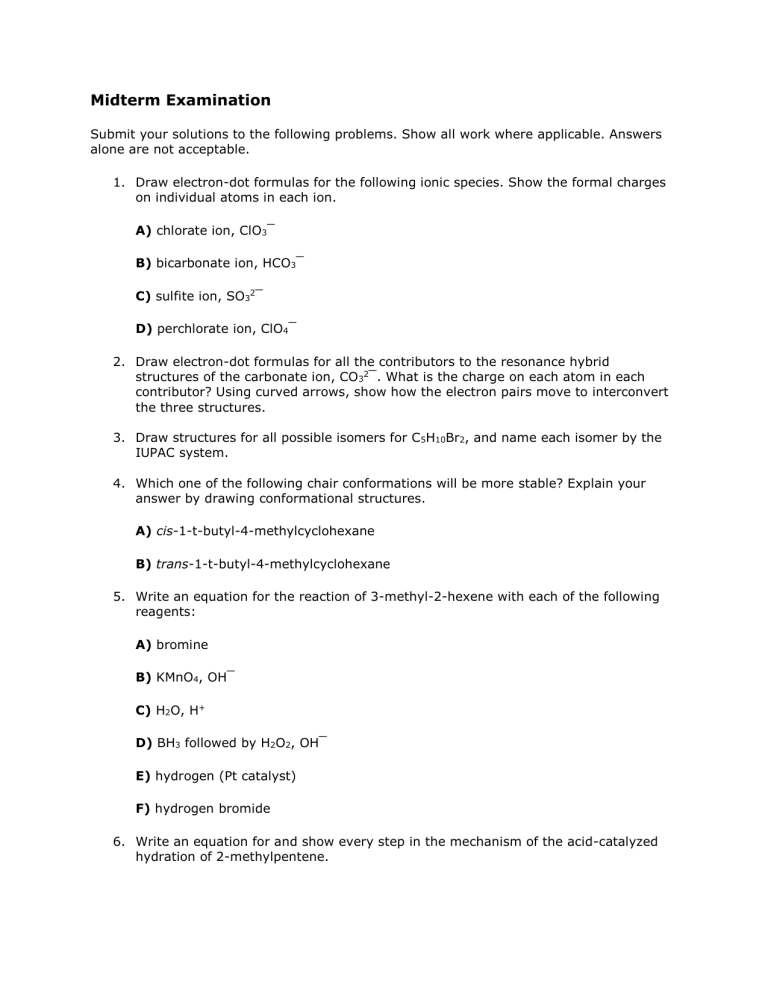
Midterm Examination
Submit your solutions to the following problems. Show all work where applicable. Answers alone are not acceptable.
1.
Draw electron-dot formulas for the following ionic species. Show the formal charges on individual atoms in each ion.
A) chlorate ion, ClO
3
¯
B) bicarbonate ion, HCO
3
¯
C) sulfite ion, SO
3
2 ¯
D) perchlorate ion, ClO
4
¯
2.
Draw electron-dot formulas for all the contributors to the resonance hybrid structures of the carbonate ion, CO
3
2 ¯. What is the charge on each atom in each contributor? Using curved arrows, show how the electron pairs move to interconvert the three structures.
3.
Draw structures for all possible isomers for C
IUPAC system.
5
H
10
Br
2
, and name each isomer by the
4.
Which one of the following chair conformations will be more stable? Explain your answer by drawing conformational structures.
A) cis-1-t-butyl-4-methylcyclohexane
B) trans-1-t-butyl-4-methylcyclohexane
5.
Write an equation for the reaction of 3-methyl-2-hexene with each of the following reagents:
A) bromine
B) KMnO
4
, OH¯
C) H
2
O, H +
D) BH
3
followed by H
2
O
2
, OH¯
E) hydrogen (Pt catalyst)
F) hydrogen bromide
6.
Write an equation for and show every step in the mechanism of the acid-catalyzed hydration of 2-methylpentene.
7.
Write out all steps in the mechanism for the reaction of aniline with bromine in the presence of FeBr
3
catalyst.
8.
Using benzene as starting material, devise a synthesis for each of the following:
A) 3-chloronitrobenzene
B) 4-chloronitrobenzene
9.
Which of the following substances can exist in an optically active form? Draw structures, and locate with an asterisk all chiral centers in each compound.
A) 2-methylbutane
B) 1,2,3,4-tetrachloropentane
10.
How many stereoisomers are possible for each of the following substances? Draw them, and name each by the R-S and E-Z conventions.
A) 4-bromo-2-hexene
B) 3,4-dibromo-2-hexene
11.
Select an alkyl halide and a nucleophile that will give each of the following products:
A) (CH
3
)
2
CHOCH
3
B) CH
3
CH
2
C≡CCH
2
Cl
C) (CH
3
)
2
CHCH
2
SCH
3
D) (CH
3
CH
2
CH
2
)
2
NH
2
+ Br¯
12.
Determine the order of reactivity for (CH reacting with:
3
)
2
CHCH
2
I, (CH
3
)
3
CI, and CH
3
CHICH
2
CH
3
A) CH
3
CH
2
O¯K +
B) CH
3
CH
2
OH (ethanol)
